Cricket Pest Control: Eco-Friendly Strategies for Long-Term Prevention
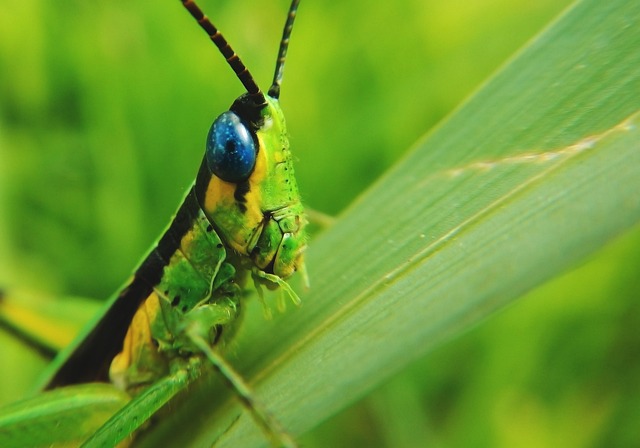
Cricket infestations are a common issue in regions with high cricket prevalence. To prevent them, un…….
Cricket Control and Extermination: A Comprehensive Overview
Introduction
Cricket control and extermination is a critical practice in both urban and rural settings, ensuring the balance between cricket populations and human activities. This article delves into the multifaceted aspects of cricket management, from its historical context to modern-day techniques and their global implications. Readers will gain an understanding of the environmental, economic, and social significance of cricket control and extermination, as well as the technological advancements that shape this field.
Understanding Cricket Control and Extermination
Cricket control and extermination encompass a range of practices aimed at managing cricket populations to prevent them from becoming pests. These practices are essential for preserving agriculture, protecting structures, and maintaining public health. The core components include habitat modification, biological control, physical removal, and chemical treatments. Historically, cricket management has evolved from simple elimination methods to sophisticated, targeted approaches that consider ecological impacts and human well-being.
Global Impact and Trends
The influence of cricket control and extermination is felt worldwide, with different regions adopting practices suited to their unique environments and challenges. In tropical areas, crickets can be a significant agricultural pest, while in temperate regions, they may invade homes and gardens. Global trends indicate a shift towards more sustainable and eco-friendly methods, as well as increased collaboration between scientists, policymakers, and local communities.
Economic Considerations
Economically, cricket control and extermination are integral to sectors ranging from agriculture to construction. Market dynamics dictate the demand for effective and affordable control measures, while investment patterns reflect the growing need for research and development in this field. The economic impact is substantial, with losses due to cricket damage offset by the growth potential of related industries, including pest control services and agricultural enhancements.
Technological Advancements
Technology has revolutionized cricket control and extermination, introducing innovative solutions such as biocontrol agents, traps, and advanced monitoring systems. These advancements not only improve the efficacy of control measures but also minimize environmental disruption. Future technological developments could lead to even more precise and less invasive methods of managing cricket populations.
Policy and Regulation
A maze of policies and regulations governs cricket control and extermination worldwide. These frameworks are designed to protect both ecological integrity and public health, ensuring that control measures are applied responsibly. Key legislation includes pesticide use regulations, wildlife protection laws, and agricultural guidelines. The compliance with these regulations is crucial for the sustainable management of cricket populations.
Challenges and Criticisms
Cricket control and extermination face several challenges, including resistance to chemical controls, ecological disruption, and public concern over the use of pesticides. Criticisms often arise from a lack of understanding about the necessity and methods of cricket management. Strategies to overcome these issues include promoting public education, investing in research for alternative control measures, and advocating for integrated pest management approaches that consider the broader ecosystem.
Case Studies
Several case studies illustrate successful applications of cricket control and extermination. For instance, an agricultural community in a tropical region effectively managed a cricket infestation by introducing a natural predator, leading to a significant reduction in crop damage. These success stories provide valuable lessons on the effective integration of biological controls and community involvement.
Future Prospects
Looking ahead, the outlook for cricket control and extermination is promising. Potential growth areas include the development of new biocontrol agents, genetic engineering to create cricket-resistant crops, and improved monitoring technologies. Emerging trends suggest a continued emphasis on sustainable and integrated pest management strategies. Strategic considerations focus on enhancing public education, ensuring regulatory compliance, and fostering collaboration among stakeholders.
Conclusion
Cricket control and extermination are vital for maintaining ecological balance, protecting infrastructure, and safeguarding health. This article has outlined the various facets of this practice, from its historical context to future prospects. The key takeaway is that sustainable and responsible cricket management requires a multifaceted approach that considers economic, environmental, and social factors.
FAQ Section
What are the most common methods for cricket control and extermination?
Common methods include habitat modification, biological control using predators or parasites, physical removal through traps or vacuum devices, and chemical treatments with insecticides as a last resort.
Why is cricket control important?
Cricket control is important to prevent crop damage, protect structures from being compromised, minimize the spread of diseases they may carry, and ensure public health and safety.
Are there any environmentally friendly options for cricket control?
Yes, biocontrol agents, traps, and habitat management are all eco-friendly alternatives to chemical treatments. These methods aim to disrupt cricket populations without causing harm to the surrounding ecosystem.
Can crickets become resistant to chemical treatments?
Yes, over time crickets can develop resistance to certain insecticides. This is why it’s important to use a variety of control methods and to monitor the effectiveness of treatments regularly.
What are the economic impacts of cricket control and extermination?
The economic impacts range from loss prevention in agriculture to growth opportunities in pest control services and related industries. Effective cricket management can prevent costly damages and losses, while also stimulating job creation and innovation in pest control technologies.

Cricket infestations are a common issue in regions with high cricket prevalence. To prevent them, un…….
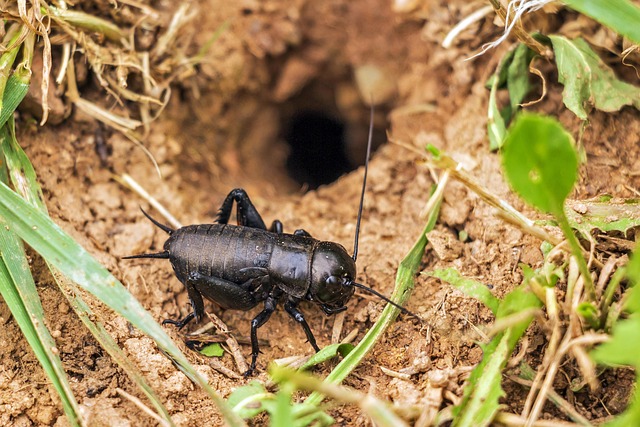
Cricket infestations are a common residential and commercial nuisance, entering through cracks and h…….

Cricket infestations in homes are driven by warm, moist environments with food sources. Early identi…….
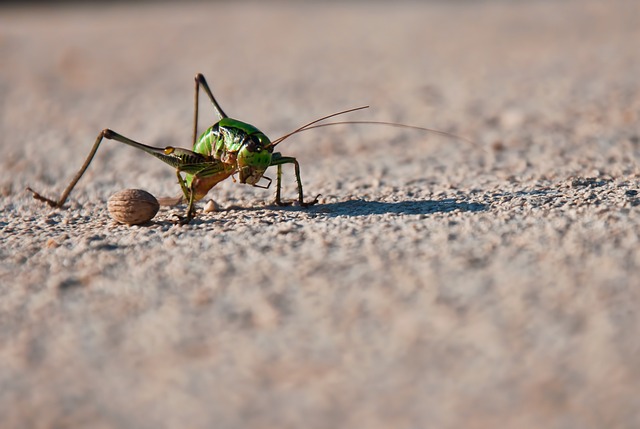
Cricket infestations in homes require tailored solutions for efficient residential cricket removal……..
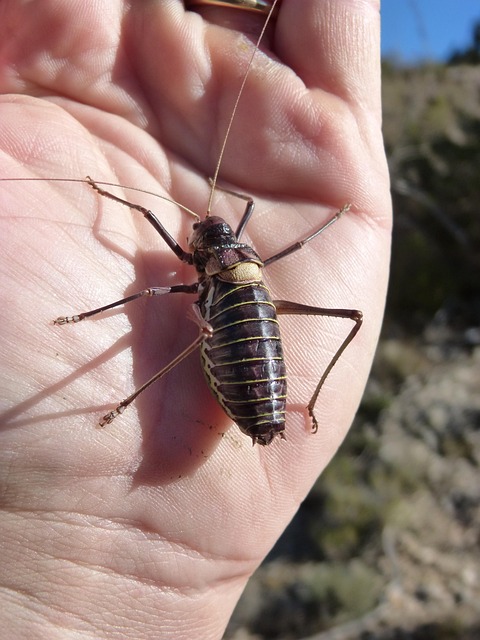
Cricket infestations in commercial spaces can cause significant damage and harm business reputations…….

Cricket infestations damage outdoor spaces, gardens, and crops. Traditional chemical methods are bei…….
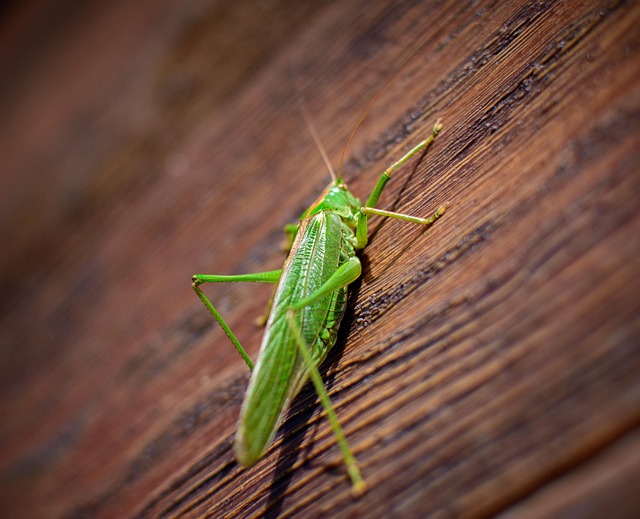
Cricket infestations in warm climates require effective, eco-friendly cricket control strategies due…….
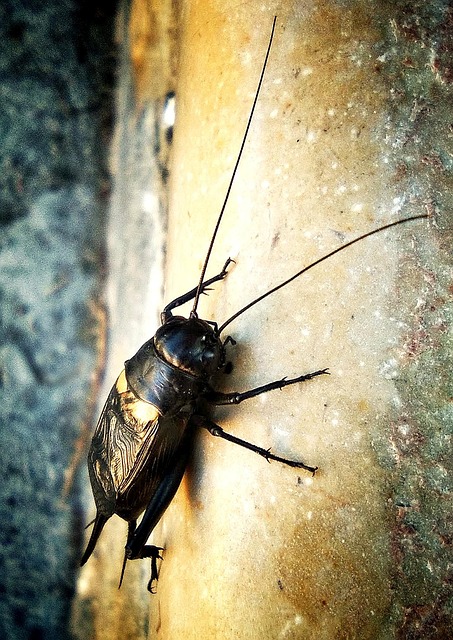
Cricket infestations pose significant risks to homes and businesses, causing structural damage, unsa…….

Cricket infestations in residential and commercial spaces can be managed by addressing their causes,…….

In this section, we detail a strategic approach to managing pests in professional cricket arenas, fo…….